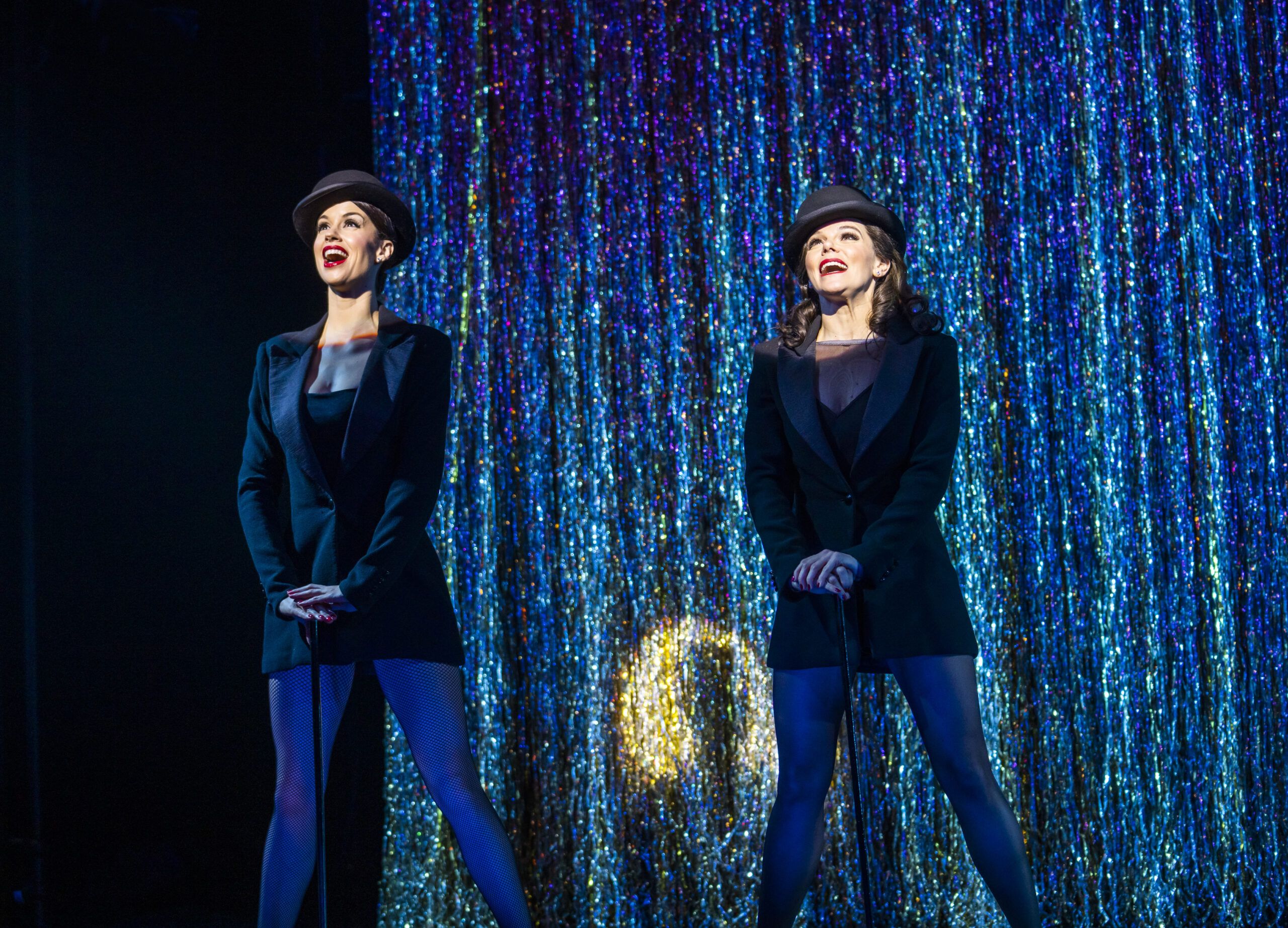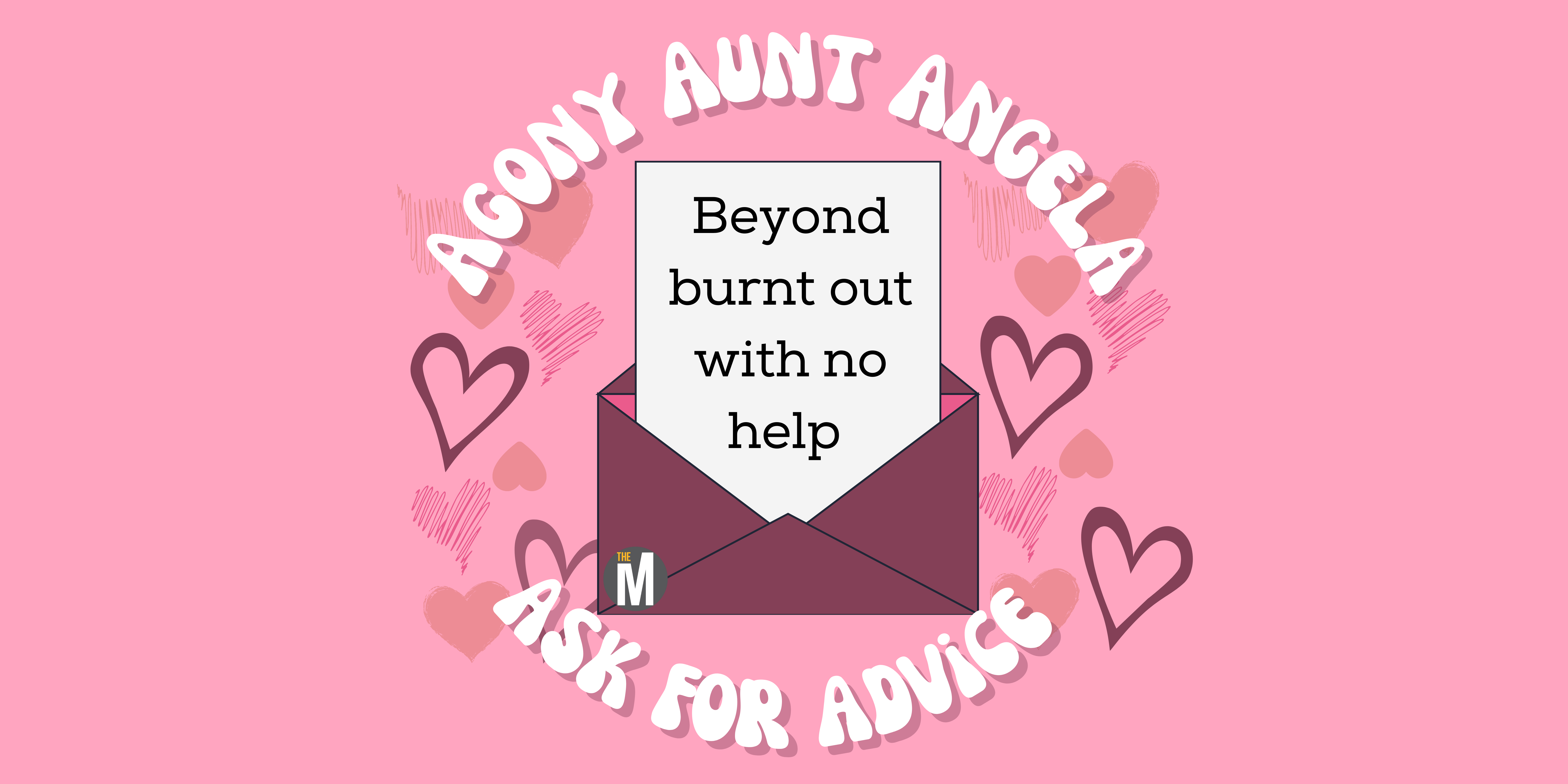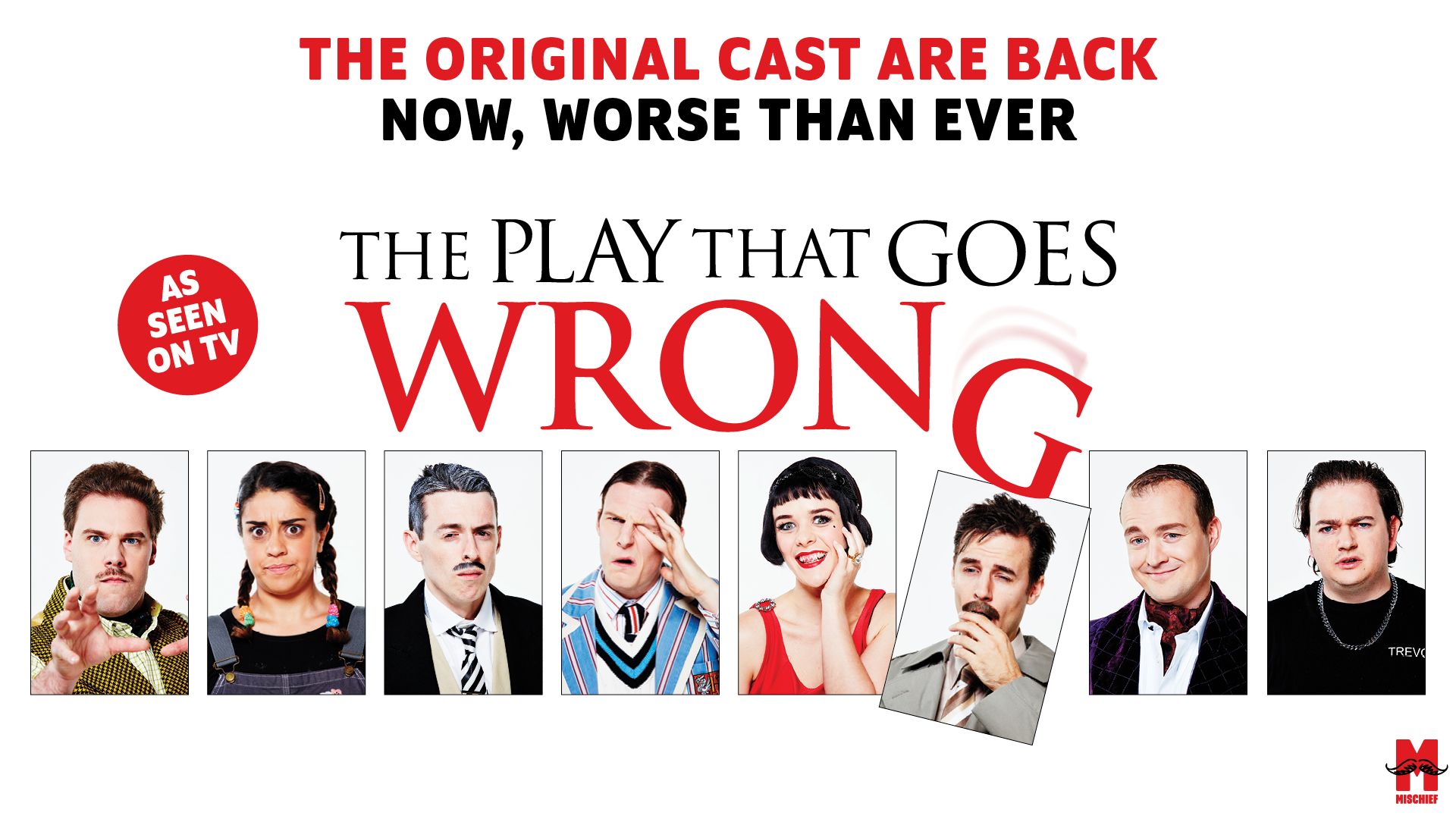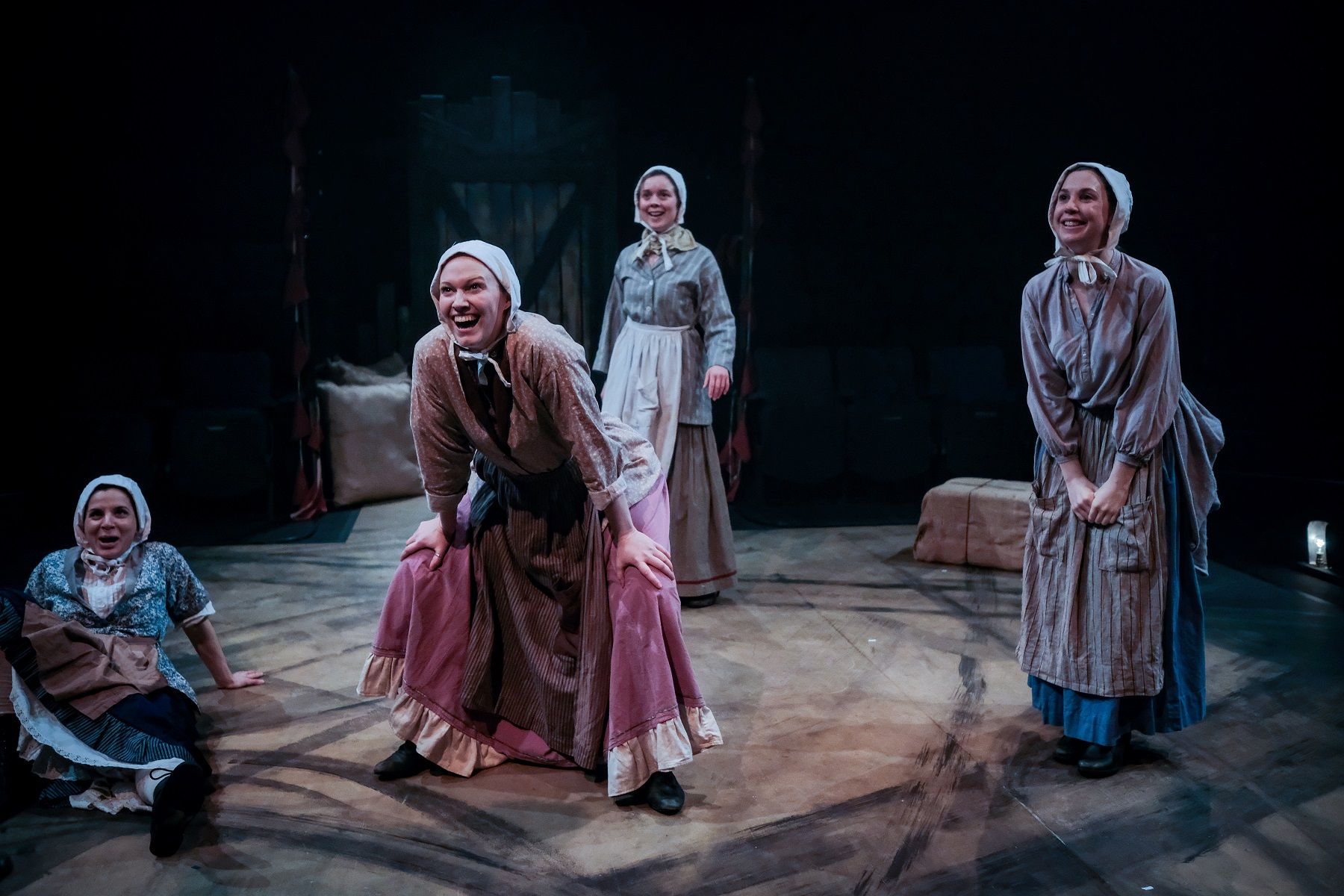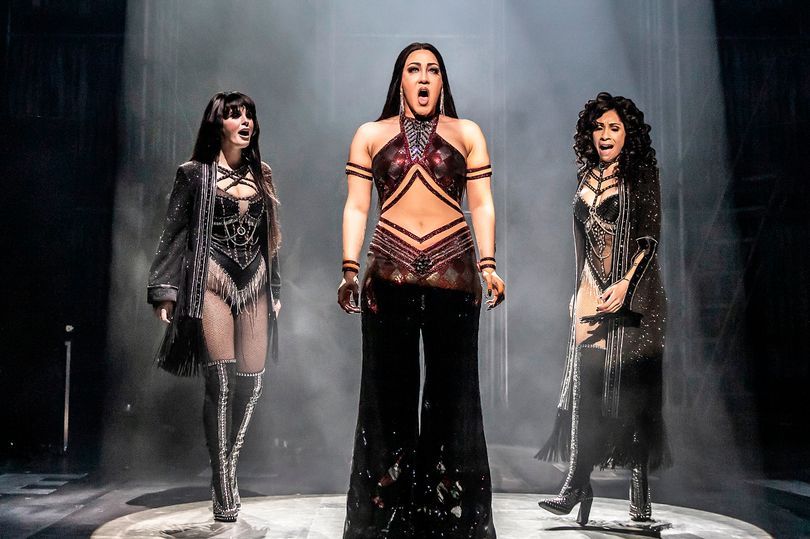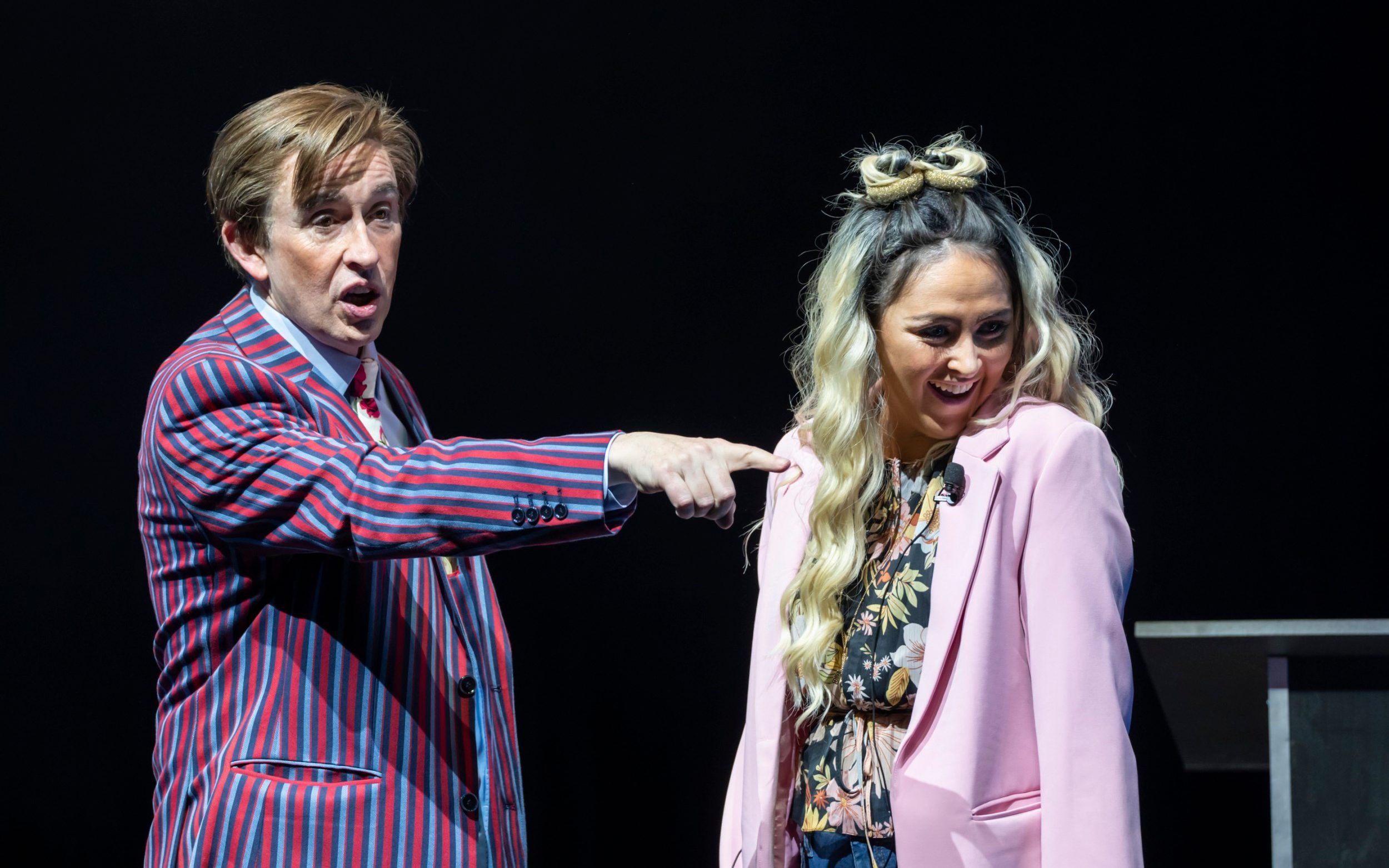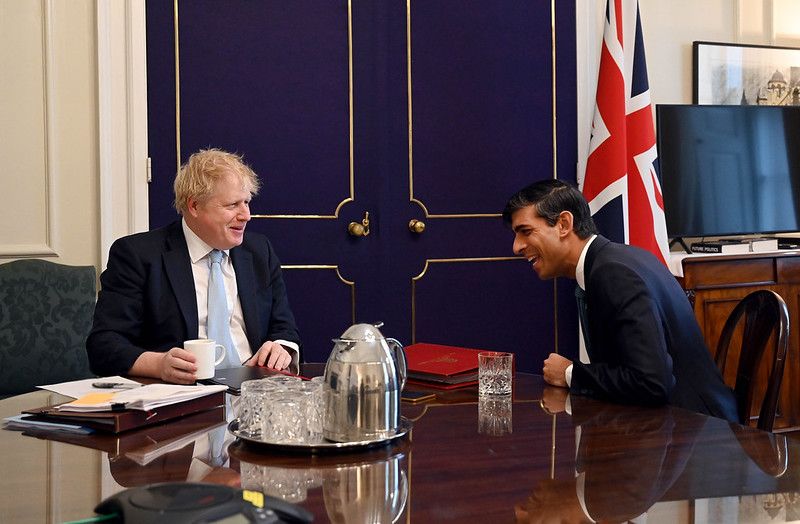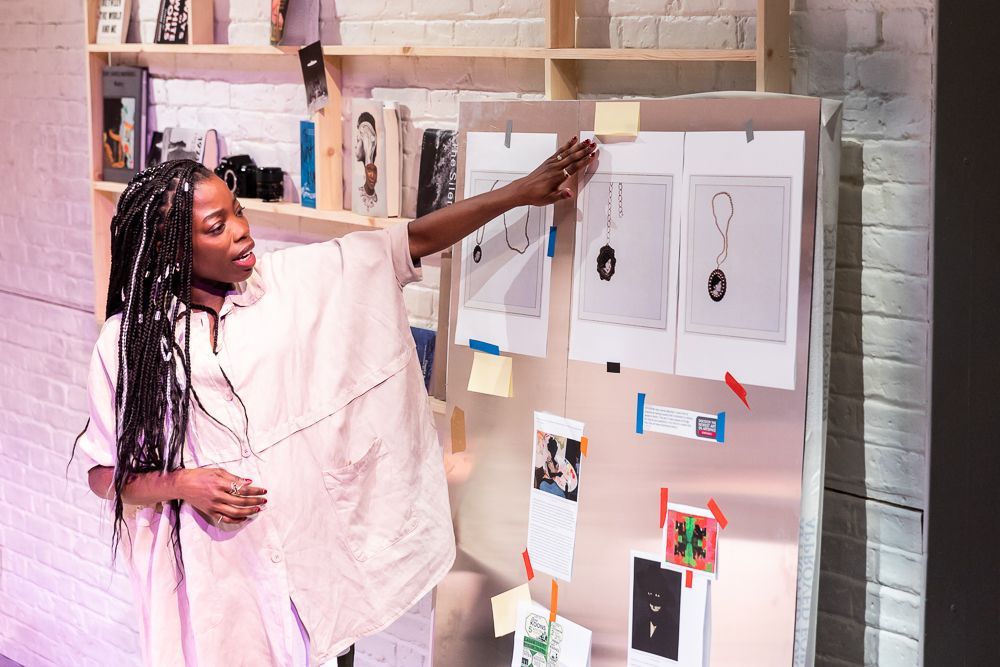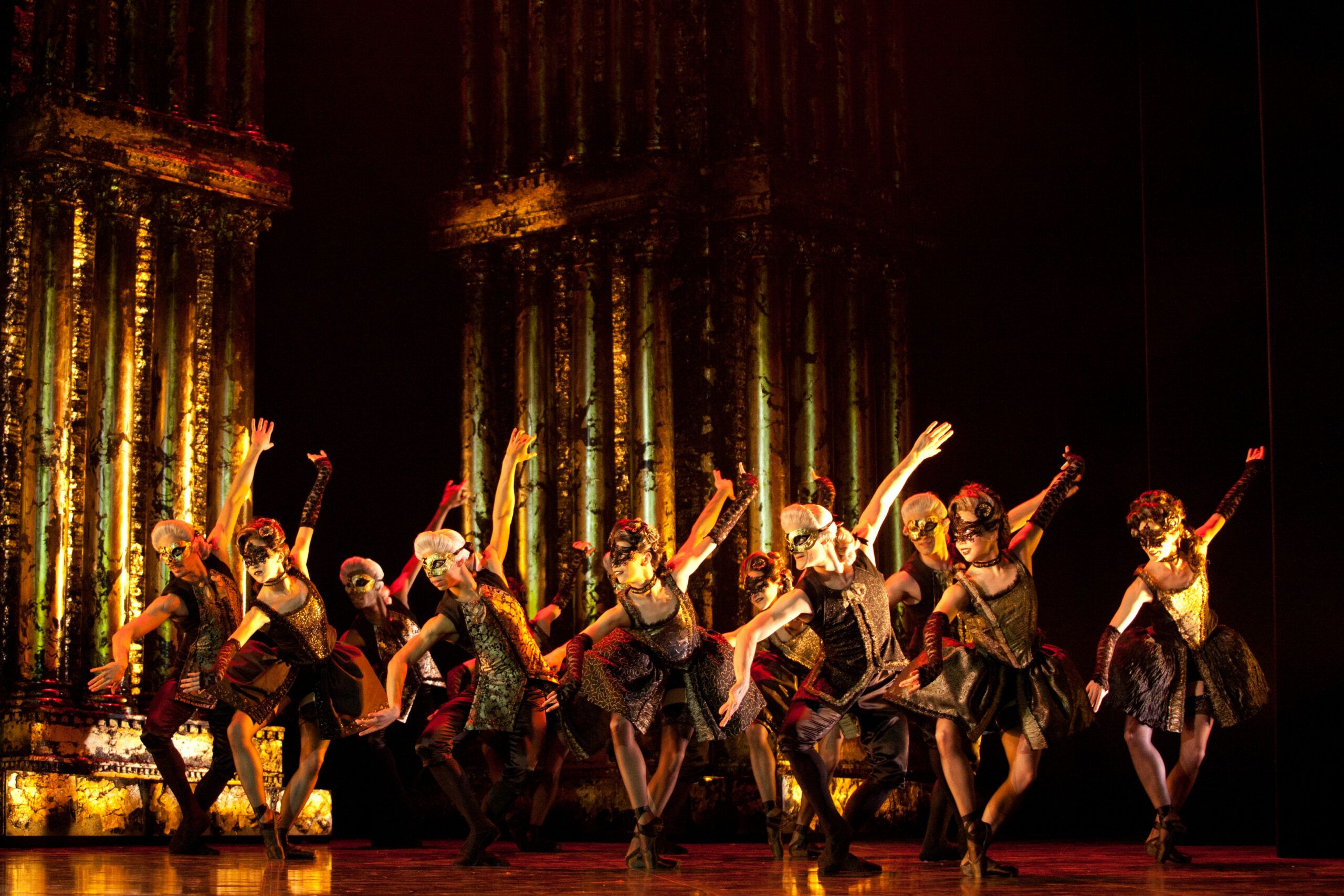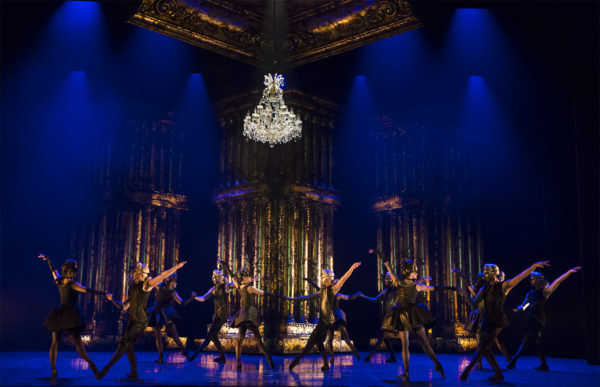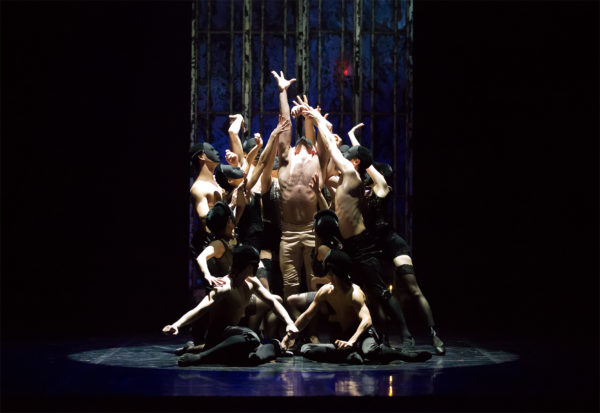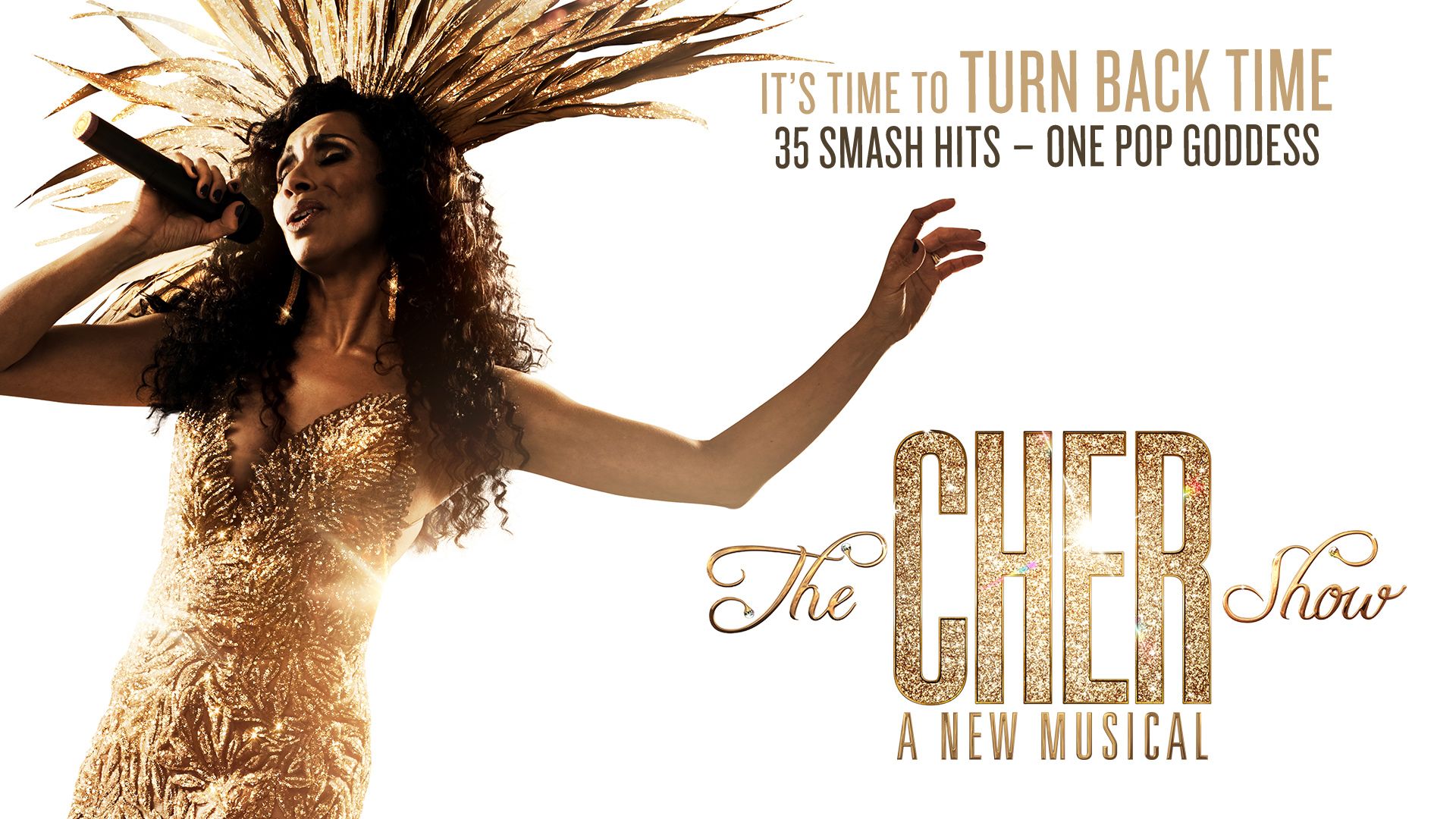In conversation with The Defendant and The Law in 60 Seconds
On May 14 legal charity The Defendant, in collaboration with The Law in 60 Seconds, hosted the UK’s first public legal education conference at the University of Manchester.
I spoke with Liam Allan and Christian Weaver, the founders of The Defendant and The Law in 60 Seconds respectively, to find out more about who they are as organisations, why legal education is so important and what this conference was all about.
The Defendant is a legal charity that provides defendants with “practical and emotional support” during every step of the legal process. Liam co-founded the charity in the middle of the pandemic in response to being falsely accused of a crime, namely sexual assault. Having to grapple with his mental health while on bail, Liam was eventually charged and his case went to trial. He was proved innocent when text messages confirming the falsity of the charges came to light.
Despite the positive outcome of his trial, the all too real experience of the power imbalances at play once you’re accused of a crime “made him realise how isolating it can be” for defendants who find themselves in such a situation. Since then, he has made it his mission to stand up for those in the same situation, who he found were not given enough support navigating the Criminal Justice System, through the charity and public education.
The support offered to defendants is mainly practical via a helpline, but there are ample resources on the Defendant website including fact sheets and flow charts “dedicated to explaining the complex criminal justice system”. You can click on what stage you are currently at and “it will guide you through what you can expect”.
This is not all though. They are not only “always thinking of new ways to support defendants”, but the general public too. There is a “raw emotion within the organisation” that “fuels the passion, desire, determination to keep making progress even though we are really busy”, and the conference is the latest example of the association’s educational efforts, and is “all about giving attendees a working knowledge of their everyday rights”.
The conference is based on Christian Weaver’s bestselling book The Law in 60 Seconds. There was a number of speakers including “QCs, leaders of charities and really respected barristers in their own right” and workshops covering 13 different legal areas.
Amongst those speaking were “very eminent QC” Mark George and Mira Hammad, who has “represented protestors ranging from Palestine action to Extinction Rebellion”, and a “wide variety of other experts”. Trainees also spoke, who are “half in the real world and half in the legal world” and so could answer questions that perhaps more “established lawyers might struggle to”.
Christian is a trustee of The Defendant, the founder of The Law in 60 Seconds and author of the best-selling book of the same name. Something very close to Christian’s heart is “offering representation to those who do not hold the balance of power in situations” and “trying to stop abuses of power”. When he isn’t dividing his time between contributing to The Defendant and writing best-selling books to educate the public, Christian works as a barrister at Garden Court North where he witnesses imbalances of power daily.
Christian discussed an example of this injustice. He worked on a case with an individual who didn’t really speak English and as a result was ill-equipped to deal with the challenges of being accused of a crime. The client thought his car was being insured because payments were leaving his account every month, but the agency the payments were going to was fraudulent. When the client got pulled over by the police, he was clearly uninsured. He was so scared he would lose his licence because he had a disabled daughter, and he could lose his job. Christian found this case particularly difficult because the client’s “lack of English was being taken advantage of and exploited”.
It is this kind of imbalance of power and exploitation that Christian and Liam aim to tackle through the charity, Christian’s book, and events like this conference. It’s very important to Christian that after so much time, money and effort spent becoming a barrister, he invests his time into something he feels “currently not enough time and effort from lawyers” is being invested and tries to tackle this through educating the public as much as he can on their legal rights.
As Liam’s experience shows, it is all vital knowledge. You never know when you might find yourself the defendant, or at the very least on the wrong end of an imbalance of power.
The ‘Your rights when renting’ section of the conference was particularly helpful to students, given that the amount of times we have been taken advantage of by landlords and estate agents is too high to keep track of. The ‘Protest and police interactions’ segment is also increasingly relevant given the government’s recent attempts at curtailing protestors’ rights with Priti Patel’s new policing bill.
With our futures uncertain and rights ambiguous, events like this can provide a stepping stone to making headway through the unknown. Knowing your rights is not only the first step to protecting yourself from an imbalance of power, but can help you become a “better partner, loved-one, friend and sibling” by attending the conference and learning “to identify abusive power [and] to change abuses of power where they arise”.
Check out the event page for more details, and look out for The Defendant’s next events on their website.

